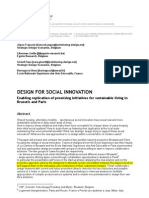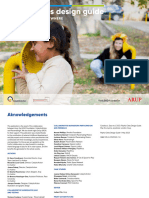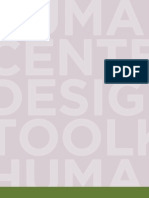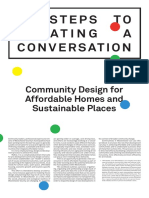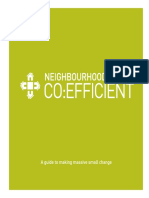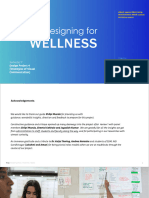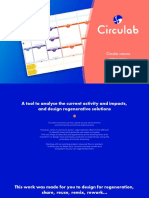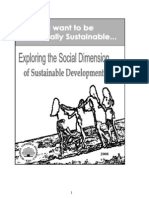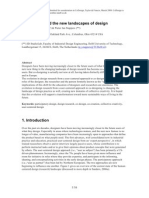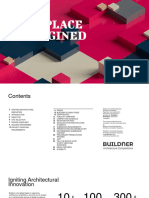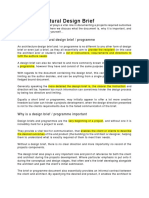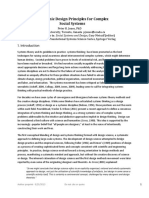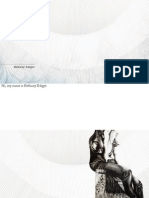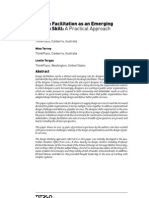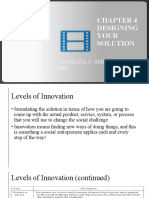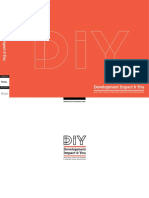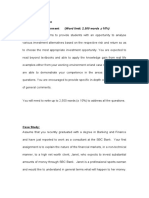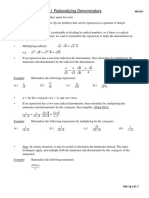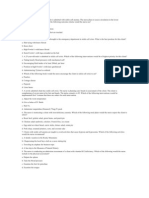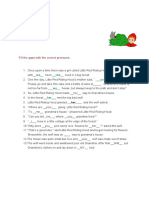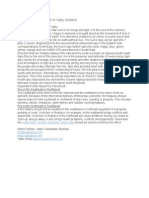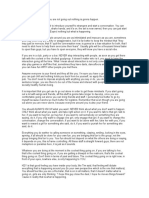100% found this document useful (1 vote)
690 views15 pagesSocial Design Pathways
The Social Design Pathways matrix is a tool that maps out social design projects across different dimensions to help clarify their terrain, stakeholders, impacts, and skills required. It considers the range of expertise brought to a project, the scale of engagement, and can help reveal what is needed for successful and rigorous work. Problem solvers can use the matrix to expand their perspective on social design practices and choose effective solution strategies.
Uploaded by
Ileana JalilCopyright
© © All Rights Reserved
We take content rights seriously. If you suspect this is your content, claim it here.
Available Formats
Download as PDF, TXT or read online on Scribd
100% found this document useful (1 vote)
690 views15 pagesSocial Design Pathways
The Social Design Pathways matrix is a tool that maps out social design projects across different dimensions to help clarify their terrain, stakeholders, impacts, and skills required. It considers the range of expertise brought to a project, the scale of engagement, and can help reveal what is needed for successful and rigorous work. Problem solvers can use the matrix to expand their perspective on social design practices and choose effective solution strategies.
Uploaded by
Ileana JalilCopyright
© © All Rights Reserved
We take content rights seriously. If you suspect this is your content, claim it here.
Available Formats
Download as PDF, TXT or read online on Scribd
/ 15

